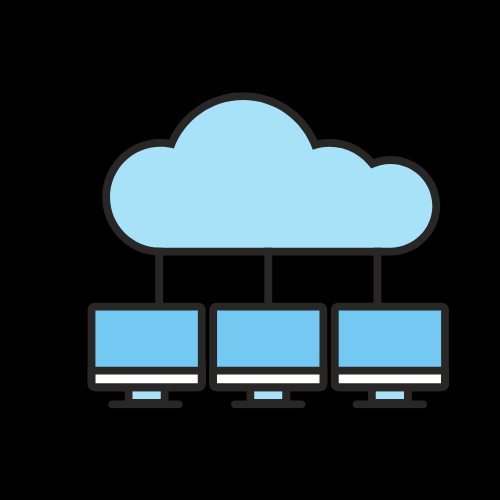[ad_1]
10 B2B Sales Email Examples That Will Turn Prospects Into Customers
Email marketing is a powerful tool for B2B sales. With the right approach, you can use email to connect with potential customers, nurture your leads, and ultimately turn them into paying clients. But, creating effective B2B sales emails can be a challenge. To help you get started, here are 10 B2B sales email examples that will turn prospects into customers:
1. The Introduction Email
The introduction email is the first step in reaching out to a potential customer. In this email, you want to introduce yourself and your company, and explain why you’re reaching out. Keep it short and to the point, and avoid any hard selling in this initial email.
2. The Follow-Up Email
If you don’t get a response to your introduction email, it’s important to follow up. A good follow-up email should be polite and friendly, and it should gently remind the recipient of your previous email. You can also use this opportunity to provide more information about your company and the value you can offer.
3. The Value-Add Email
Once you’ve made initial contact with a potential customer, you can start to provide them with valuable content. This could be in the form of a blog post, white paper, or webinar that you think would be of interest to them. By providing value upfront, you can build trust and credibility with your prospects.
4. The Case Study Email
Case studies are a powerful sales tool, especially in B2B marketing. If you have a case study that demonstrates the value of your product or service to a company in a similar industry, this can be a great asset to share with prospects.
5. The Demo Email
If your product or service is more complex, offering a demo can be a great way to showcase its features and benefits. A demo email should be personalized to the recipient, and it should clearly explain how they can benefit from seeing the product or service in action.
6. The Trial Email
If possible, offering a free trial of your product or service can be a great way to get potential customers to experience its benefits firsthand. In a trial email, be sure to clearly explain the terms and duration of the trial, and highlight the value that the prospect will receive.
7. The Special Offer Email
Whether it’s a discount, bonus, or limited-time promotion, a special offer can be a powerful motivator for B2B sales. In this email, be clear about the offer, and explain why it’s valuable to the recipient.
8. The Testimonial Email
Testimonials are social proof that your product or service delivers on its promises. In a testimonial email, you can share positive feedback from previous customers, which can help to build trust with your prospects.
9. The Re-Engagement Email
If you have leads that have gone cold, a re-engagement email can be an effective way to bring them back into the sales cycle. In this email, acknowledge the lapse in communication and offer something valuable to reignite their interest.
10. The Final Push Email
If you’ve had positive interactions with a prospect but they haven’t made a purchase, the final push email can be a good way to nudge them towards a decision. This email should reiterate the value of your product or service, and include a strong call to action.
In conclusion, B2B sales emails can be a powerful tool for turning prospects into customers, but it’s important to use the right strategies and tactics. By using the examples above as a starting point, you can create effective B2B sales emails that will help you grow your customer base and drive revenue for your business.
[ad_2]
